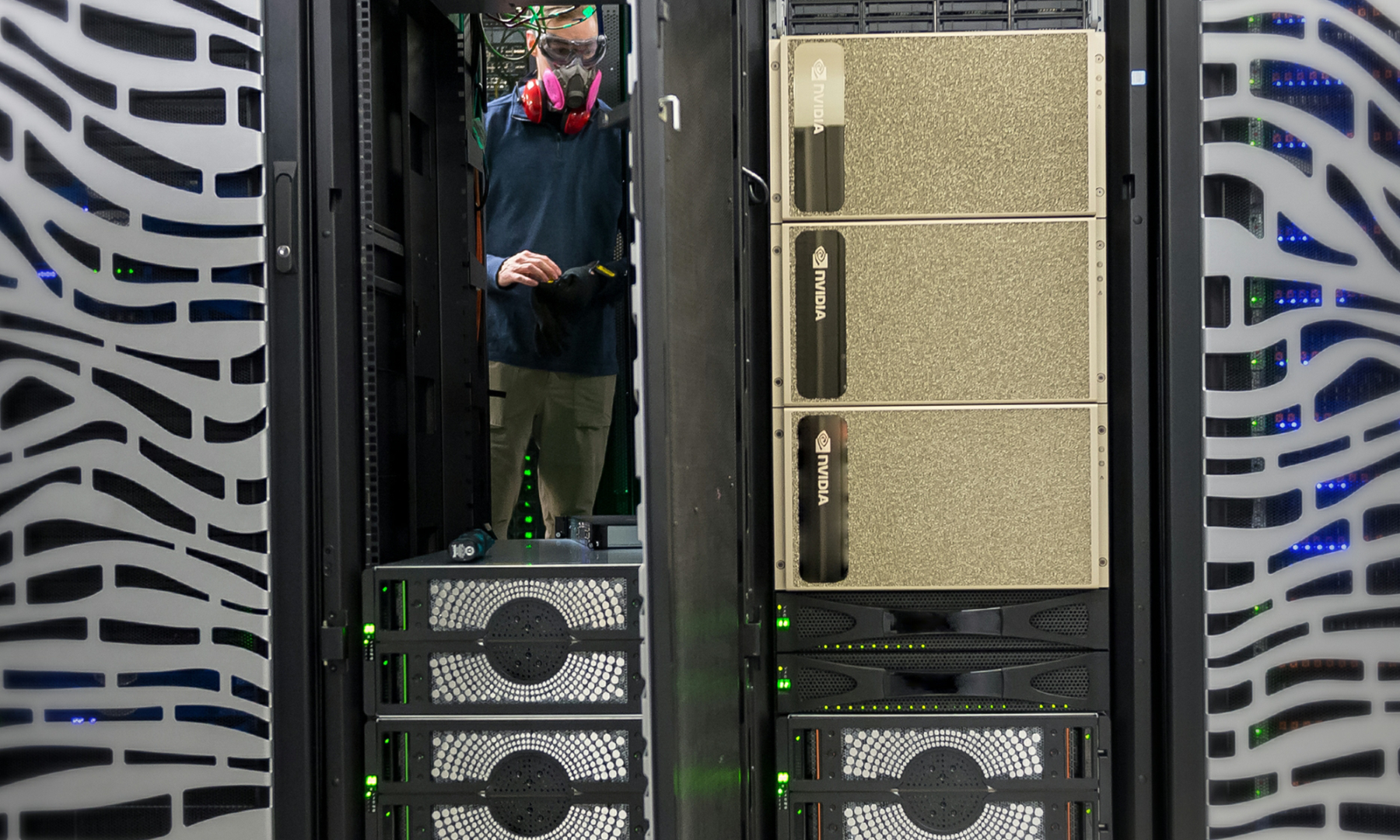
NVIDIA's highest-performance gaming graphics processor, the Titan X. Image credit: NVIDIA.
Graphics specialist NVIDIA (NVDA +2.67%) has benefited greatly from its focus on gaming-oriented graphics processors. Its success in this market -- as evidenced by its dominant market share, robust gross profit margins, and healthy growth rates -- has been a result of excellent products and strong marketing.
One of the nice things about the market for gaming-focused graphics processors is that there is a seemingly never-ending appetite among buyers for better performance. The more performance NVIDIA can deliver for a given amount of money (and, for gamers who prefer gaming on laptops, a given amount of power), the better the company's business should perform.
According to a report out of generally reliable BenchLife.info, NVIDIA is planning to roll out a couple of new gaming-focused graphics processors in the May time frame.
GTX 980 and GTX 970 replacements on the way
In late 2014, NVIDIA launched both the GeForce GTX 980 and its cut-down sibling, the GTX 970. These GPUs didn't do much to push absolute gaming performance all that much beyond what was then available in the marketplace, but they were substantially more efficient and cheaper for NVIDIA to produce than its prior-generation products.
This allowed NVIDIA to offer up very nice improvements in performance per dollar, particularly with the roughly $350 GeForce GTX 970 which has gone on to be the most popular gaming graphics chip currently in use by PC gamers on Valve Software's popular Steam platform.
Additionally, the improvements in power consumption allowed the company to enjoy significant momentum in the market for gaming-oriented laptop computers.
I believe that these new graphics processors will essentially bring at least the performance of the GeForce GTX 980 Ti/GeForce GTX Titan X to the same price points that the GTX 970/980 currently occupy. The reason that I say "at least" is because NVIDIA will have the benefit of transitioning to a brand-new chip manufacturing technology that could very well enable performance that's even greater than what the 980 Ti/Titan X offer.
What about GTX 980 Ti/GTX Titan X replacements?
One of the key drivers of NVIDIA's revenue/profit growth story has been gamers' willingness to buy up the product stack in order to get more performance. The GP104 chip will not be NVIDIA's highest-end graphics chip; that honor likely belongs to a chip known as GP100.
GP100 is expected to feature more graphics hardware crammed into the chip as well as make use of a brand-new memory technology known as High Bandwidth Memory 2, or HBM2. As its name suggests, memory bandwidth should move up substantially relative to the GDDR5 that's commonly used on graphics processors today.
It has been rumored that NVIDIA will launch GP100 for very high performance computing applications at its upcoming GPU Technology Conference in April. This seems quite possible given that memory giant Samsung (NASDAQOTH: SSNLF) announced back in January that it had begun the manufacture of HBM2.
I wouldn't be surprised if NVIDIA were to launch a very expensive successor to the $999 Titan X based on the full GP100 chip with a cut-down variant of that chip slotting into the $650 price point that the 980 Ti occupies in the June/July timeframe.
New GPUs should be good for NVIDIA
All told, new GPUs should be a good thing for NVIDIA. The transition to a new chip manufacturing technology should unlock some very serious performance enhancements, with the gains likely amplified in power-sensitive mobile gaming environments. NVIDIA will also likely bring some solid architectural enhancements to the table, too.
NVIDIA's current Maxwell architecture has done extremely well for the company; we'll see if, with Pascal, the graphics specialist can keep the momentum going.






